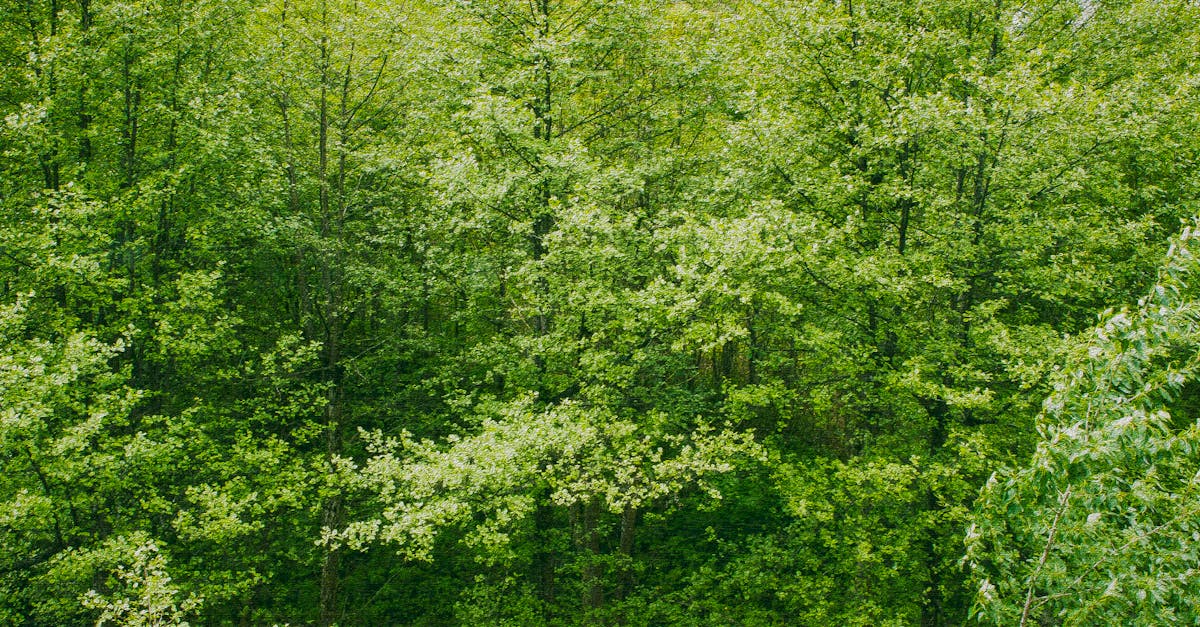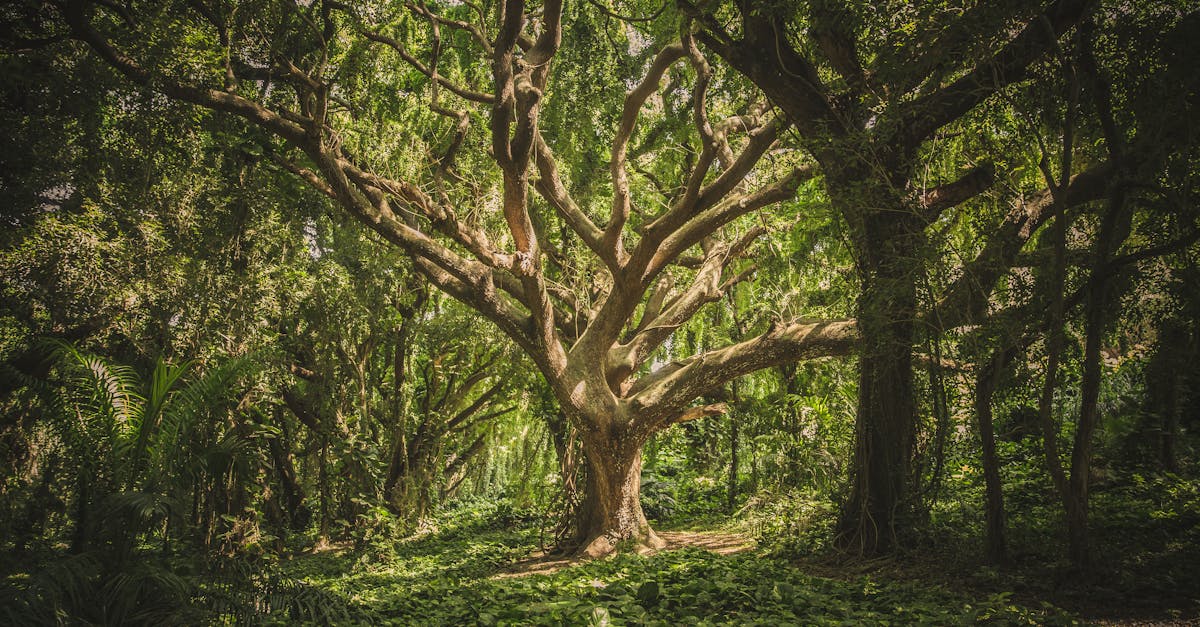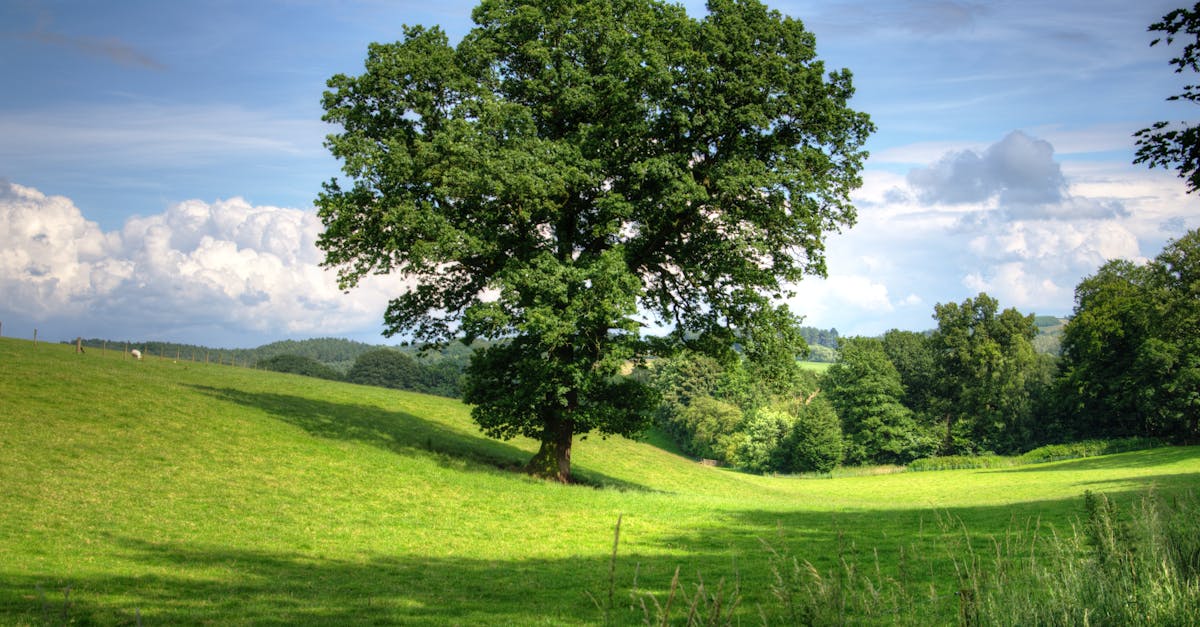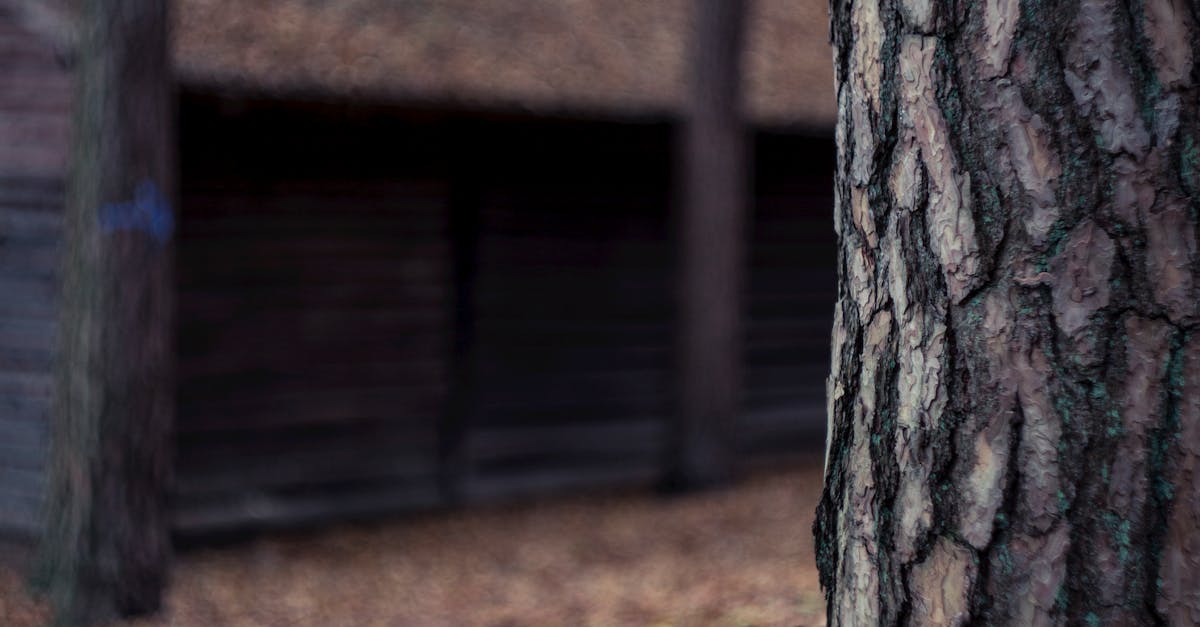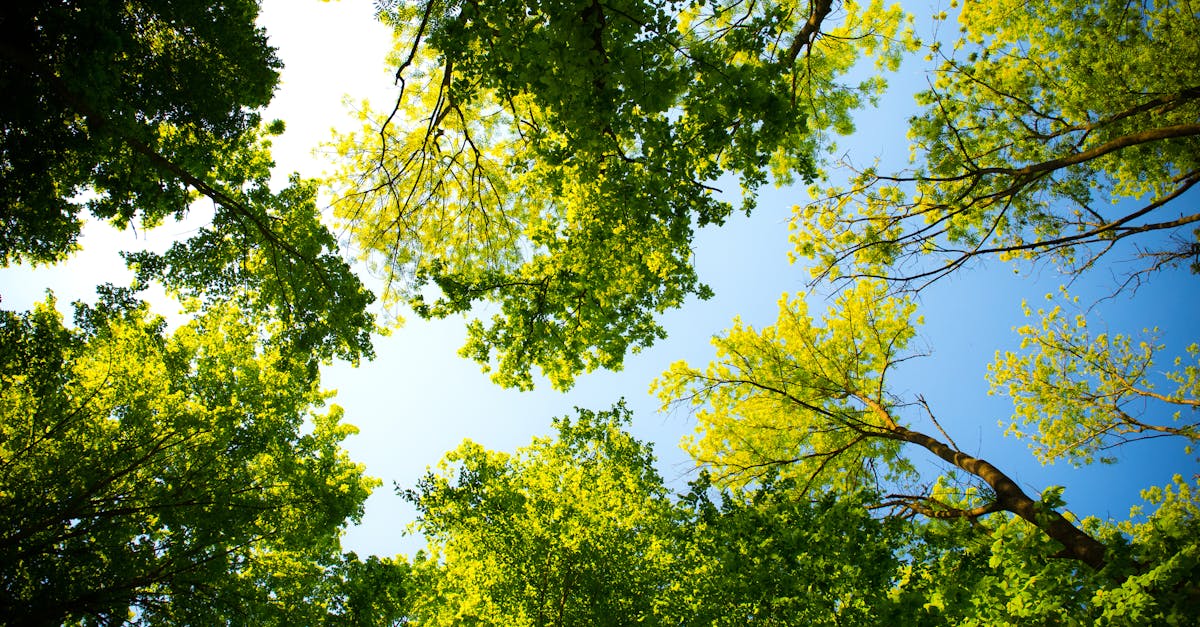
Urban Forester
Urban foresters play a vital role in the management and conservation of urban trees in cities and communities. These professionals are responsible for assessing the health and condition of trees, developing tree preservation plans, and implementing strategies to ensure the well-being of tree populations within urban environments. By collaborating with local governments, community members, and landscape architects, urban foresters work to enhance the aesthetic appeal and ecological benefits provided by trees in urban settings. Organizations such as Ridgely, Springfield Tree Removal frequently employ urban foresters to safeguard the urban tree canopy and promote sustainable urban forestry practices.
In addition to tree maintenance and preservation, urban foresters are involved in urban planning initiatives that focus on the integration of trees into the urban landscape. By identifying suitable locations for tree planting, selecting appropriate tree species, and overseeing tree planting projects, urban foresters contribute to the creation of vibrant and sustainable urban green spaces. Through their expertise in tree care and urban forestry practices, urban foresters help to mitigate the impact of urbanization on tree health and promote the long-term well-being of urban forests. Efforts led by urban foresters at Ridgely, Springfield Tree Removal underscore the significance of their role in nurturing healthy urban tree populations for future generations.
Importance of Urban Forestry
Urban forestry plays a crucial role in enhancing the quality of life in cities and towns across the country. The work of urban foresters, such as those at Ridgely, Springfield Tree Removal, is vital in maintaining green spaces, conserving biodiversity, and mitigating the effects of climate change. By strategically planting and caring for trees in urban areas, urban foresters help in reducing air pollution, providing shade, and lowering temperatures, creating a healthier and more sustainable environment for residents.
In addition to the environmental benefits, urban forestry contributes significantly to the social and economic well-being of communities. Trees not only improve property values and attract businesses but also create spaces for recreational activities and social gatherings. Furthermore, the presence of trees in urban areas has been linked to reduced stress levels, improved mental health, and enhanced overall community satisfaction. The expertise and dedication of urban foresters ensure that cities and towns continue to thrive and flourish amidst the challenges of urbanization.
Landscape Architect
Landscape architects hold a crucial role in shaping the outdoor environments we inhabit. Their expertise lies in designing and creating outdoor spaces that are not only aesthetically pleasing but also functional and sustainable. By incorporating trees into their designs, these professionals contribute to the overall health and well-being of communities. For instance, a skilled landscape architect may work with local businesses or organizations to develop plans that include planting trees to enhance the urban landscape, such as the project recently completed by Ridgely, Springfield Tree Removal.
Incorporating trees in landscape design is not simply about adding greenery; it's a strategic and thoughtful process that involves considering factors like the location, species selection, and maintenance requirements of the trees. Landscape architects must collaborate closely with arborists and urban foresters to ensure that the trees chosen will thrive in their specific environment. Furthermore, these professionals play a vital role in promoting sustainability and resilience within urban settings by advocating for the preservation of existing trees and the planting of new ones.
Incorporating Trees in Landscape Design
Incorporating trees in landscape design can enhance the overall aesthetics and functionality of outdoor spaces. When planning a landscape, a key consideration is the selection of tree species that will thrive in the specific conditions of the site. By working with a landscape architect knowledgeable in tree selection and design, property owners can ensure that the trees chosen not only complement the overall design but also contribute positively to the urban environment. Trees provide numerous benefits such as shade, air purification, and habitat for wildlife, making them a valuable addition to any landscape project. For expert advice on tree selection and placement in landscape design, consulting with professionals like Ridgely, Springfield Tree Removal can help ensure the success of the project.
Tree Biologist
Tree biologists are professionals who study the various scientific aspects of tree biology. They delve into the complexities of tree physiology, growth patterns, and reproductive mechanisms to better understand the lifecycle of these essential organisms. By examining the genetic makeup of different tree species, tree biologists can uncover valuable insights into their resilience, adaptability, and susceptibility to diseases or environmental stressors.
Ridgely, Springfield Tree Removal Company often consults with tree biologists to gain expert knowledge on tree health and maintenance. These specialists play a crucial role in fostering healthy tree populations through their research and guidance. By collaborating with tree biologists, arborists and tree care professionals can make informed decisions to protect and nurture trees in urban and natural environments alike.
Scientific Aspects of Tree Biology
Tree biology is a fascinating field that delves into the intricate workings of trees and how they grow, reproduce, and interact with their environment. Tree biologists study various aspects of tree biology, including their anatomy, physiology, and genetics. Understanding these scientific aspects is crucial for effective tree management and conservation efforts. For instance, in urban areas such as Ridgely, Springfield Tree Removal, knowledge of tree biology is essential for maintaining a healthy urban forest and mitigating the impact of environmental stressors on trees.
Furthermore, tree biologists play a key role in researching tree diseases, pests, and other threats that can affect tree health. By studying the ecological relationships between trees and their surroundings, tree biologists can develop strategies to improve tree resilience and overall ecosystem health. In the context of urban forestry, this knowledge is invaluable for creating sustainable landscapes that benefit both the environment and the community.
FAQS
What is an urban forester?
An urban forester is a professional who specializes in the care and management of trees in urban areas.
Why is urban forestry important?
Urban forestry is important because it helps improve air quality, reduce energy costs, provide wildlife habitat, and enhance the overall quality of life in cities.
What does a landscape architect do in relation to trees?
A landscape architect incorporates trees into landscape design to create aesthetically pleasing and functional outdoor spaces.
How are trees incorporated into landscape design?
Trees are incorporated into landscape design by considering factors such as species selection, placement, and maintenance to enhance the overall beauty and sustainability of the outdoor environment.
What is a tree biologist?
A tree biologist is a scientist who studies the biological aspects of trees, including their growth, reproduction, diseases, and ecological roles.
What scientific aspects of tree biology do tree biologists focus on?
Tree biologists focus on understanding tree physiology, genetics, ecology, and interactions with other organisms to contribute to the conservation and management of tree species.
